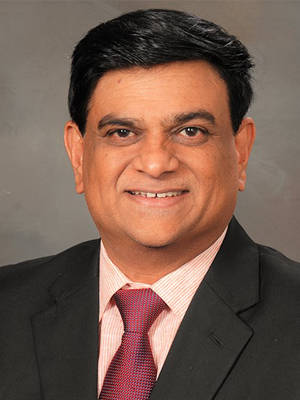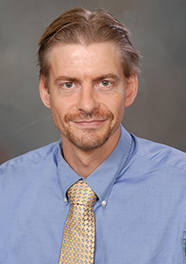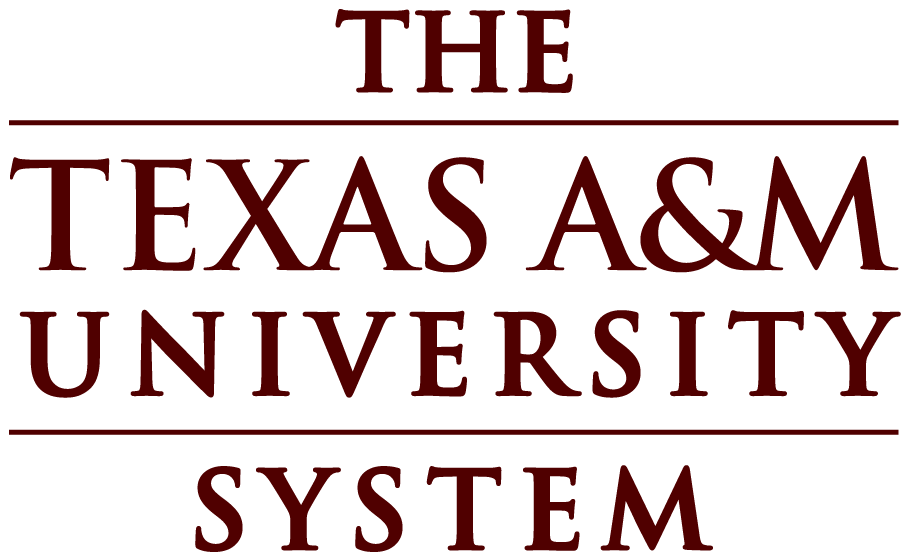Dr. Anand Puppala Recently Named Director of the Center for Infrastructure Renewal(CIR) at Texas A&M University RELLIS Campus
Dr. Anand Puppala, is currently A.P. and Florence Wiley Chair at Zachry Department of Civil and Environmental Engineering, Texas A&M University & Director of Center for Infrastructure Renewal (CIR).
As the Director of the Center for Infrastructure Renewal (CIR), a joint center between the Texas A&M Engineering Experiment Station and the Texas A&M Transportation Institute, he leads the center as a global source for the development of transformative infrastructure solutions. Through cross-industry and government agency collaboration, the CIR facilitates the creation of state-of-the-art methods, technologies and solutions that society needs for infrastructure renewal. The CIR is a unique 138,000-square-foot research, testing and training facility, which was the first new facility on the Texas A&M RELLIS campus. The CIR currently houses researchers who are developing advanced and sustainable materials and structural systems that will reduce cost and extend infrastructure life, safety, resiliency and durability.
He has been conducting research on Stabilization of expansive soils, Sustainable utilization of recycled materials, Dams and embankments, In situ intrusive methods for site characterization, and Pavement material characterization studies. Dr. Puppala’s research is also highly regarded by the professional community.
Despite all of his positions, Dr. Puppala keeps busy discussing his students’ projects, working with faculties, and addressing different research issues. Dr. Puppala sits in various meetings throughout his day, he is a faculty member at the Zachry Department of Civil and Environmental Engineering, and also participates in regular meetings with the Faculty on research on innovative ideas. Dr. Puppala tries to create opportunities and new networking lines at Texas A&M University College of Engineering as well as in other universities and industries.
Please congratulate him on his recent appointment as Director of the CIR.

 Anyone who’s ever moved knows there are a thousand little things to worry about. Should we keep this item? How are we going to move that thing!? Can we fit everything into this new space?
Anyone who’s ever moved knows there are a thousand little things to worry about. Should we keep this item? How are we going to move that thing!? Can we fit everything into this new space?


